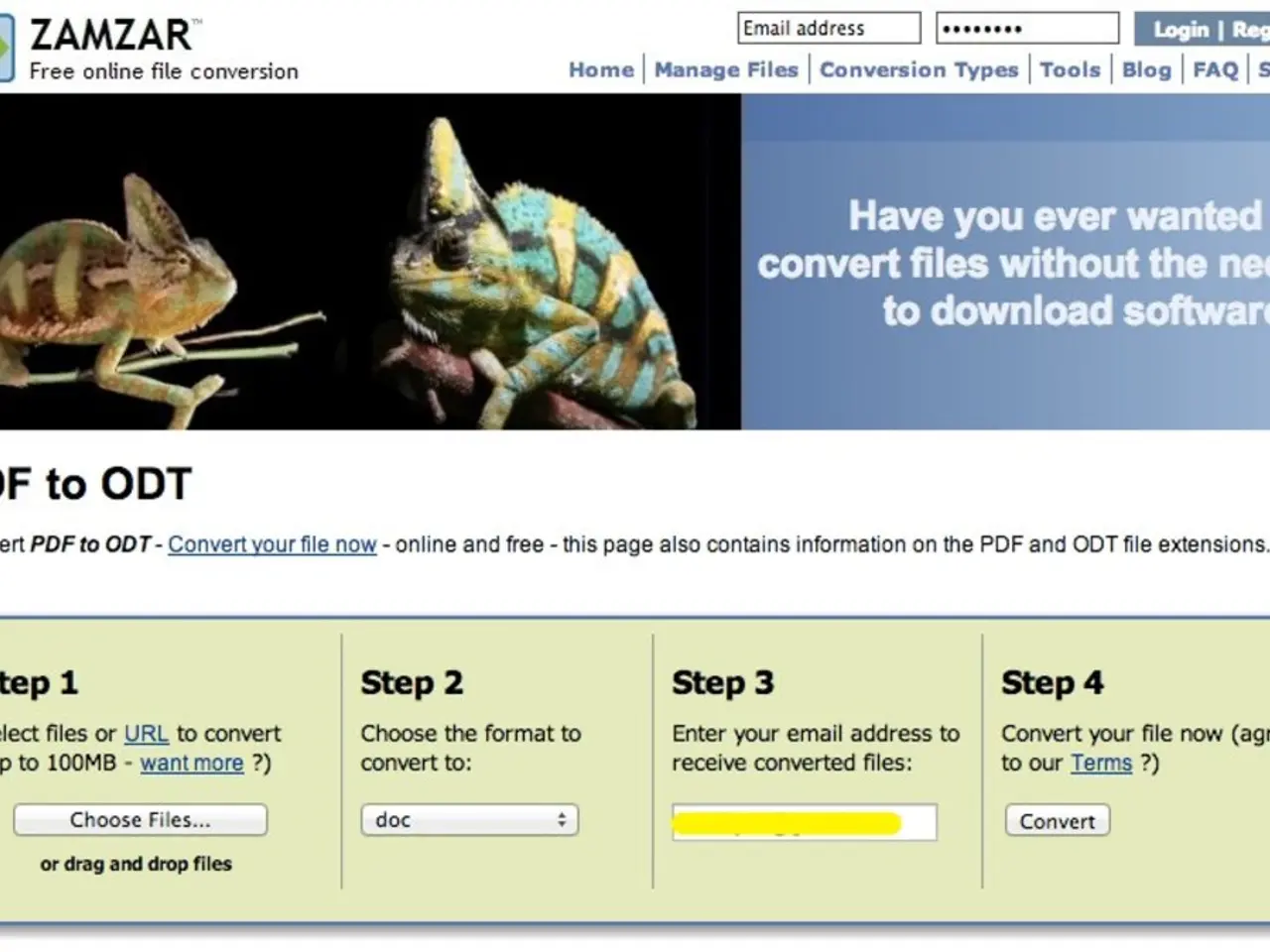Technology's sparse adoption yields minimal benefit for expansion
Digitalization in Italy's Non-Profit Sector: Progress but Inequality Remains
The digitalization of Italy's non-profit sector, particularly within sports, culture, and recreation, is progressing but remains uneven and partial, according to data presented at the Bertinoro Civil Economy Days in 2021.
Social cooperatives and associations, such as Agendo in Vicenza, are at the forefront of this digital transformation. Agendo illustrates active digital and infrastructural engagement by integrating technology into social inclusion projects, such as an inclusive botanical café and sensory gardens that combine cultural activities with employment opportunities for disabled people. This digitalization is part of broader social innovation efforts, aimed at inclusive employment, community-building, and improving access to cultural and recreational activities.
Italy has made considerable progress on digital transformation under the EU’s Next Generation Recovery and Resilience Plan (NRRP), which dedicates significant funds and reforms to digitalization and infrastructure modernization across sectors. However, digital adoption specifically among social cooperatives in leisure sectors still faces challenges in funding, digital skills, and digital infrastructure.
Evidence from social projects suggests increased use of social media, websites, and digital management tools for communication and mobilization, but less so in advanced digital services or data-driven innovation. Relevant wider trends influencing this sector include growing digital sharing economy models and algorithm-based data sharing innovations, which may inspire cooperatives’ adoption of privacy-sensitive, collaborative data platforms in the future.
The non-profit sector experienced a numerical growth between 2011 and 2021, with an increase of over 20% in both the number of non-profit institutions (NPIs) and the number of employees. Despite this growth, the sector as a whole has a low level of digitalization, with limited use of internet and advanced technologies. In 2021, 79.5% of NPIs used at least one digital technology, and 74.9% of digitally active NPIs mainly used digital technologies that allow connection to the internet. However, only 2.2% of digitally active NPIs adopted advanced technologies.
The analysis was based on the first results of the Permanent Census conducted in 2022 with reference to the year 2021. Around 40% of the institutions listed in 2011 are no longer active in 2021, having either ceased operations or become temporarily inactive. NPIs not present in the Runts, the National Registry of the Third Sector, primarily operate in the sectors of sport, culture, and recreation. In 2021, 23.9% of NPIs were not registered in the Runts.
Volunteering showed a slight decrease (-2.0%) between 2011 and 2021, while in 2021, 50.3% of NPIs not present in the Runts were predominantly concentrated in the northern regions of Italy. In 2021, 9.8% of digitally active NPIs invested in cloud computing services.
The non-profit sector remains a vital part of Italy's social and economic fabric, but comprehensive sector-wide digital maturity is still developing. Most digital adoption currently focuses on communication, service accessibility, and social inclusion integration rather than advanced digital transformation or large-scale digital platform integration. As the sector continues to evolve, it will be important to address the disparities in digital skills and resources across organizations to ensure that all non-profit institutions can fully benefit from the opportunities that digitalization offers.
The technology integration by social cooperatives and associations, such as Agendo in Vicenza, facilitates social inclusion projects, highlighting the sector's digital transformation as part of broader social innovation efforts.
The non-profit sector in Italy is making progress on the digital transformation, but the adoption of advanced technologies among social cooperatives in leisure sectors still faces challenges in funding, digital skills, and digital infrastructure.




